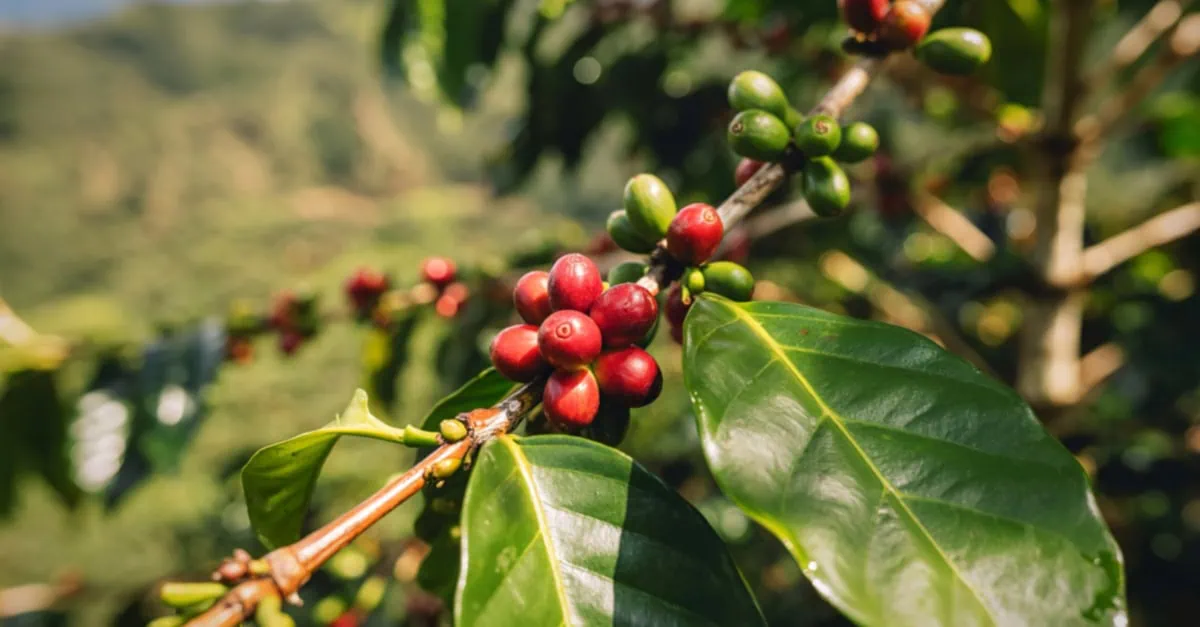Coffee markets experienced dramatic volatility this week as ICE certified stocks plunged 11.5% in just five days, reversing what appeared to be a sustained bearish trend. The most active December contract jumped 11.55 cents to close at $3.7805 per pound, despite initially falling to technical support levels.
Sharp inventory decline triggers rally
The market initially followed expectations for continued speculator exits, dropping to $3.50 per pound on Tuesday with all technical indicators pointing lower. However, evening data revealed ICE certified stocks fell by 27,438 bags that day alone. Over the next four days, an additional 74,264 bags were withdrawn from inventory—representing an 11.5% decline in total stocks in less than a week.
ICE certified stocks serve as the inventory of last resort most closely tied to futures prices. The timing of these withdrawals, occurring at the end of the third financial quarter, suggests trade houses may have reduced inventory levels for bookkeeping purposes. Regardless of motivation, the market interpreted this development as extremely bullish, rallying 17.6 cents the following day.
Competing market narratives drive volatility
The sharp price swings reflect two opposing forces currently shaping the coffee market. Bulls remain extremely nervous about near-term Arabica availability, evidenced by the strong reaction to declining certified stocks. Bears, meanwhile, are gaining confidence in favorable conditions for Brazil’s upcoming crop development.
This fundamental disagreement between market participants has produced sustained volatility, with prices swinging between technical support and sharp rallies within days.
Weather forecasts to guide near-term direction
Looking ahead, weather forecasts for Brazilian growing regions will be the primary driver of price action, assuming no further surprises in certified stock levels. The market is expected to trade within a 360-390 cents per pound range this week as participants await clearer signals on crop development.
For procurement managers monitoring coffee costs, the current environment presents both risk and opportunity. The extreme volatility creates potential for strategic purchasing during temporary price dips, while the underlying supply concerns suggest caution against delaying coverage of near-term needs.
For real-time coffee prices and price forecasts, visit app.vespertool.com
